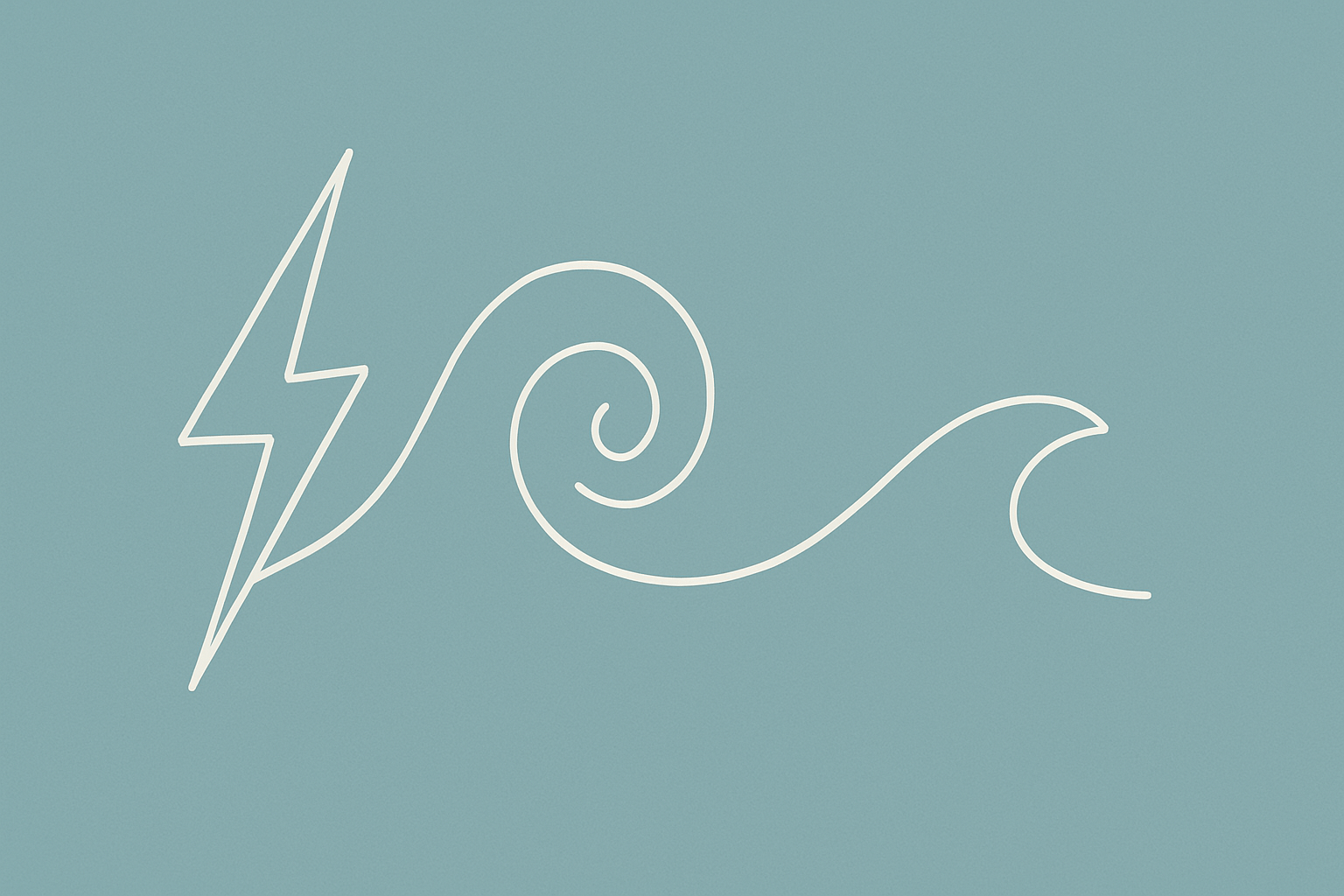In Pain Reprocessing Therapy (PRT), the primary aim is not to eliminate pain — it’s to eliminate fear.
That may sound counterintuitive. Most people seek treatment hoping for their pain to go away. But when eliminating pain becomes the only goal, recovery becomes more elusive. Why? Because chasing the absence of pain reinforces the idea that the pain is dangerous and must be fixed — and that reaction feeds fear, which in turn feeds pain.
It’s a bit like trying to force yourself to fall asleep. The more pressure you apply, the harder it becomes to rest. Similarly, the more you fear pain and try to escape it, the more powerful its grip becomes.
Redefining Success in Pain Recovery
In PRT, success isn’t defined by whether or not your pain goes away during a practice. Instead, success is measured by your ability to respond to pain from a place of safety and curiosity, not fear or urgency.
When we meet pain with interest, calm, and understanding — rather than panic or frustration — we begin to teach our brains that the sensation is safe. This shift allows new, more accurate neural pathways to take root, ultimately reducing or eliminating the brain’s unnecessary pain signals.
“Nothing in life is to be feared, it is only to be understood. Now is the time to understand more, so that we may fear less.” – Marie Curie
Fear Is the Fuel
Pain is closely tied to fear-based learning. The brain associates certain sensations with danger, and those associations can become deeply ingrained. Unwinding that connection means rewiring how the brain interprets those sensations.
Here are a few reflection tools to help reduce fear in your healing journey:
- Ask yourself: When pain arises, does my reaction increase the brain’s sense of danger or safety?
- Make space for skepticism: Wondering if this approach will work isn’t the same as fear. Skepticism is a protective mechanism — it means you care. Let yourself learn, observe, and build confidence over time.
- Use pain as insight: If pain doesn’t decrease during a somatic practice, what else is present? Fear of failure? Perfectionism? Pressure? These emotional factors are often tied to persistent symptoms.
- Broaden your definition of fear: It doesn’t just mean panic. Fear can look like annoyance, tension, frustration, or distraction.
Research Spotlight
Increased Bias to Report Heat or Pain Following Emotional Priming of Pain-Related Fear
In this study, researchers exposed participants to a series of either scary or neutral images while administering mild heat pulses to their skin. Interestingly, when viewing the scary images, participants reported more pain — even though the heat stimulus was identical. Some even reported pain when there was no stimulus at all.
This suggests that fear alone can change the brain’s interpretation of bodily signals, sometimes even generating pain when there’s no threat.
📖 Read the full study:
Kirwilliam, S. S., & Derbyshire, S. W. G. (2008)
The Bottom Line
Fear keeps pain stuck.
Understanding — not fighting — is how we break that cycle.
By shifting your relationship with pain, you begin to disarm it. And that’s where real healing begins.
